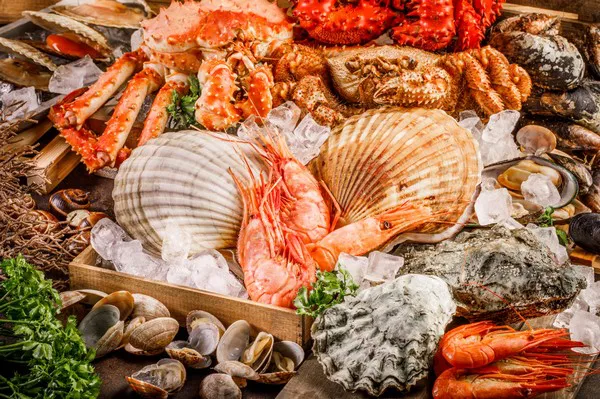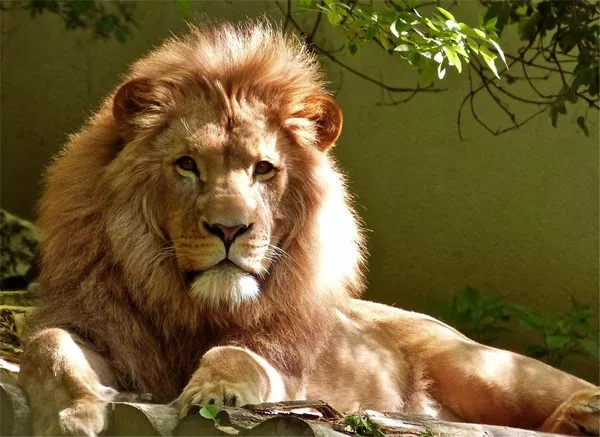In the rugged wilderness of Alaska, a formidable predator roams the land, embodying strength, resilience, and raw power. The Kodiak bear, known scientifically as Ursus arctos middendorffi, reigns as the largest subspecies of brown bear and holds the title of the world’s strongest bear. In this comprehensive exploration, we delve into the captivating world of the Kodiak bear, uncovering its evolutionary history, physical characteristics, behavior, habitat, conservation status, and its complex relationship with humans.
Evolutionary History:
The Kodiak bear is a subspecies of the brown bear, Ursus arctos, which traces its lineage back to the Pleistocene epoch, approximately 2.5 million years ago. During this time, brown bears diversified across various habitats in Eurasia and North America, adapting to a wide range of environmental conditions. The ancestors of the Kodiak bear likely migrated to the Kodiak Archipelago of Alaska during periods of glaciation when land bridges connected the region to mainland Alaska.
Isolation on the Kodiak Archipelago, coupled with abundant food resources and relatively few natural predators, contributed to the unique evolutionary trajectory of the Kodiak bear. Over thousands of years, these bears developed larger body sizes and powerful physiques, traits that are characteristic of insular gigantism observed in other island-dwelling species.
Physical Characteristics:
The Kodiak bear is renowned for its immense size and formidable stature, making it the largest terrestrial carnivore in North America. Adult males, known as boars, can weigh between 800 to 1,500 pounds or more, with exceptional individuals exceeding 1,800 pounds. Standing on their hind legs, Kodiak bears can reach heights of up to 10 feet, further emphasizing their impressive size.
These bears possess massive skulls, robust limbs, and formidable claws, all of which contribute to their extraordinary strength and hunting prowess. Their thick fur provides insulation against the harsh Alaskan winters, ranging in color from blonde to dark brown, with some individuals exhibiting a distinctive silver-tipped appearance.
Behavior and Diet:
Kodiak bears are opportunistic omnivores with a diverse diet that includes both plant matter and animal protein. During the spring and summer months, they forage extensively on vegetation such as grasses, sedges, berries, and roots, capitalizing on the seasonal abundance of plant resources. In the fall, Kodiak bears undergo hyperphagia, a period of intense feeding to build up fat reserves in preparation for winter hibernation.
Despite their massive size, Kodiak bears are skilled hunters and scavengers, capable of capturing prey such as salmon, deer, small mammals, and even other bears. Their keen sense of smell and remarkable agility enable them to navigate their rugged habitat and exploit a wide range of food sources.
Habitat and Range:
The Kodiak bear’s range is confined to the Kodiak Archipelago of Alaska, encompassing a series of islands that offer diverse habitats ranging from coastal plains and temperate rainforests to alpine meadows and rugged mountain ranges. These bears are highly adaptable and can thrive in various ecosystems, provided there is an ample supply of food and suitable denning sites for hibernation.
The Kodiak Archipelago provides an ideal habitat for Kodiak bears, offering abundant salmon streams, rich vegetation, and relatively few human disturbances. However, habitat fragmentation, climate change, and human activities such as logging, mining, and development pose ongoing threats to the long-term viability of Kodiak bear populations.
Conservation Status:
Despite their formidable size and strength, Kodiak bears face conservation challenges stemming from human encroachment and habitat degradation. The Kodiak bear population is managed by the Alaska Department of Fish and Game through regulated hunting and habitat conservation efforts.
In recent decades, conservation measures such as habitat protection, sustainable harvest quotas, and public education initiatives have helped stabilize Kodiak bear populations and mitigate human-bear conflicts. However, ongoing monitoring and research are essential to ensure the continued survival of these iconic bears in their natural habitat.
Human Interactions:
The relationship between humans and Kodiak bears is complex and multifaceted, shaped by a combination of cultural, ecological, and economic factors. For indigenous peoples of Alaska, such as the Alutiiq and Sugpiaq tribes, Kodiak bears hold significant cultural and spiritual importance, featuring prominently in folklore, art, and traditional ceremonies.
At the same time, Kodiak bears are a valuable resource for subsistence hunting and ecotourism, generating revenue for local communities and supporting conservation efforts.
See Also: Top 15 Animals of Tanzania & Where to See Them
You Might Be Interested In:











![10 Most Richest Cities in the United States [Revealed!]](https://www.validdownloads.com/wp-content/uploads/2023/12/Manjula-Pothos.webp)












